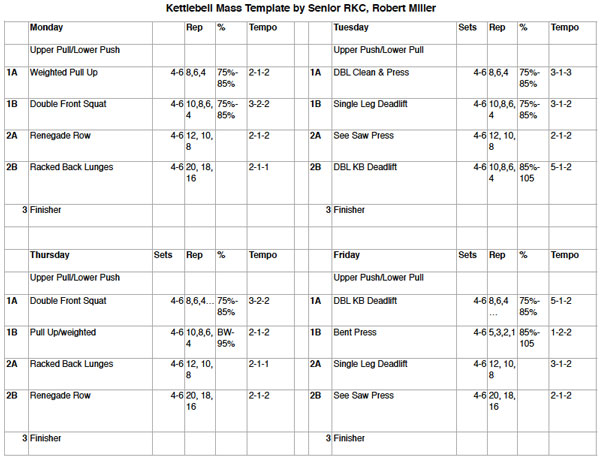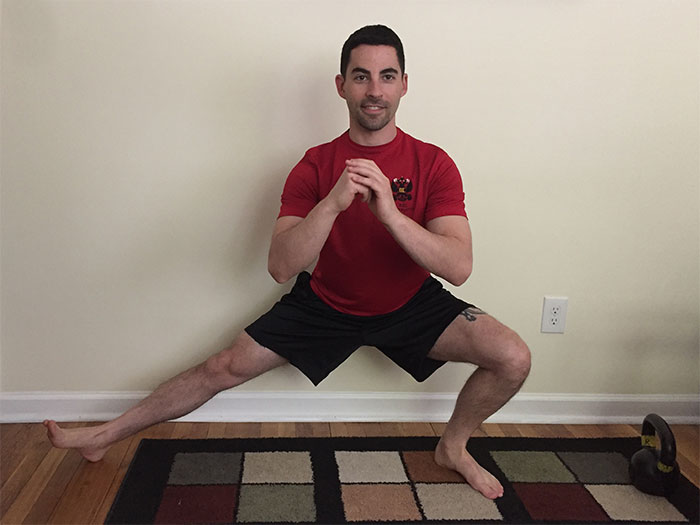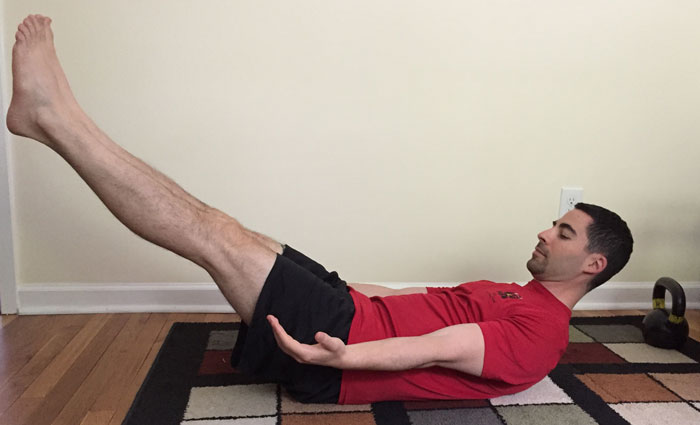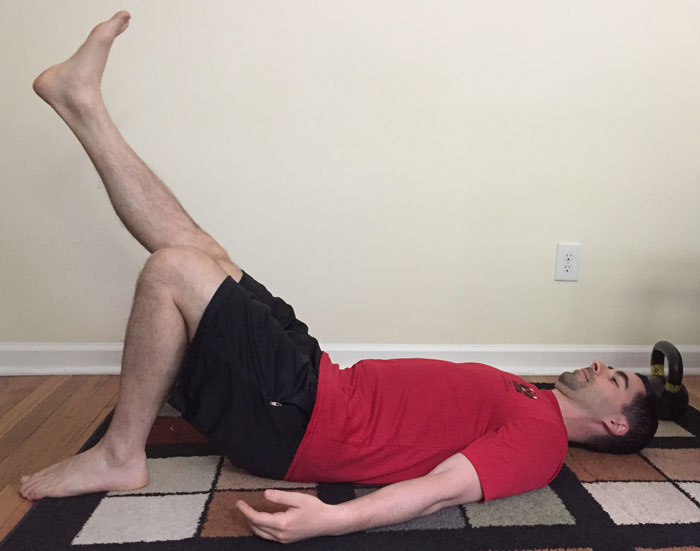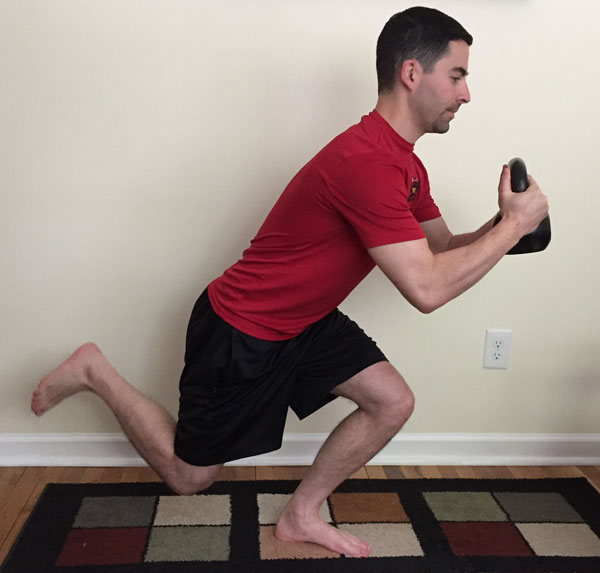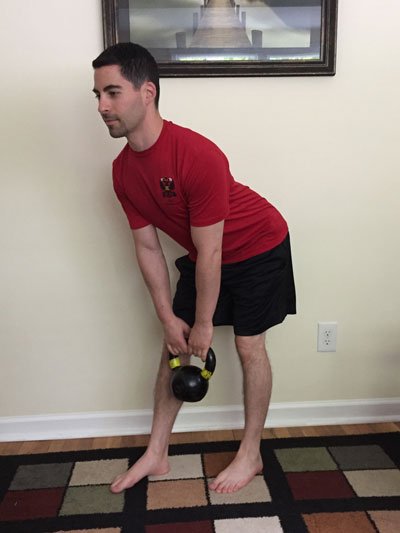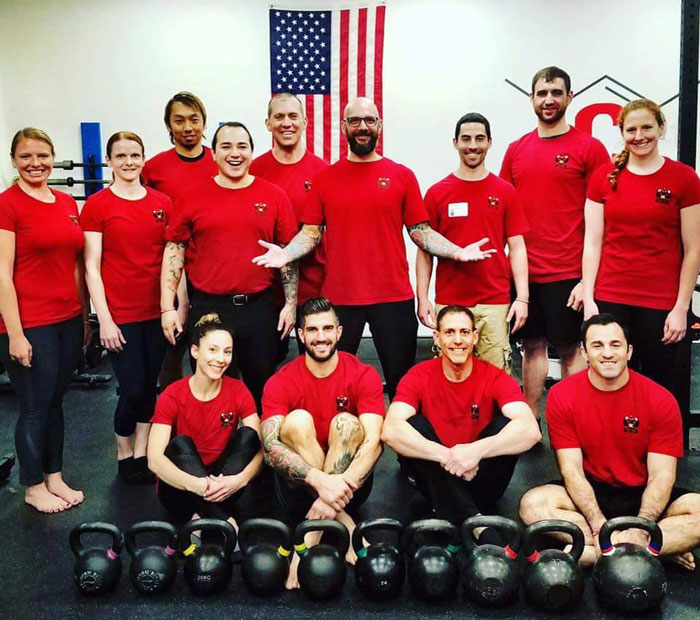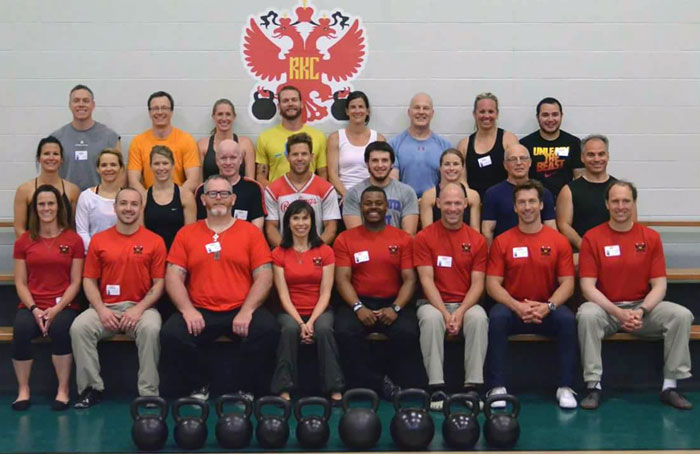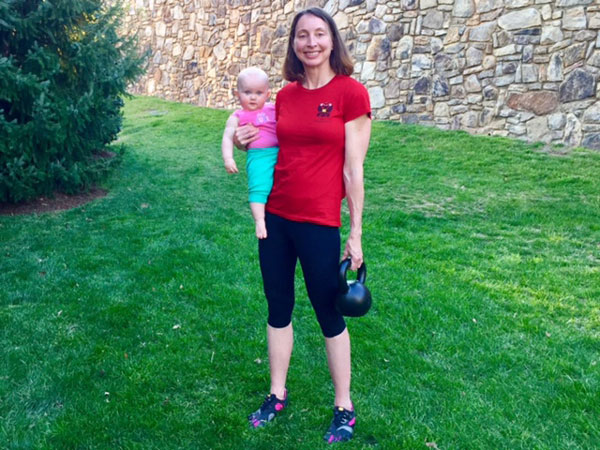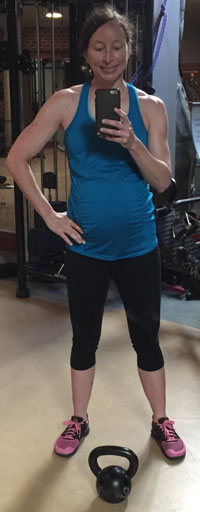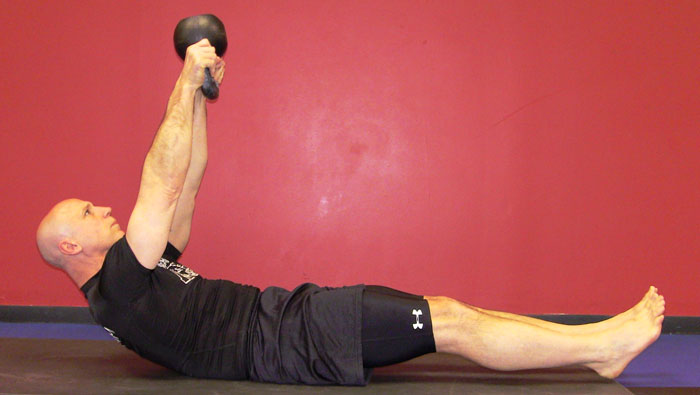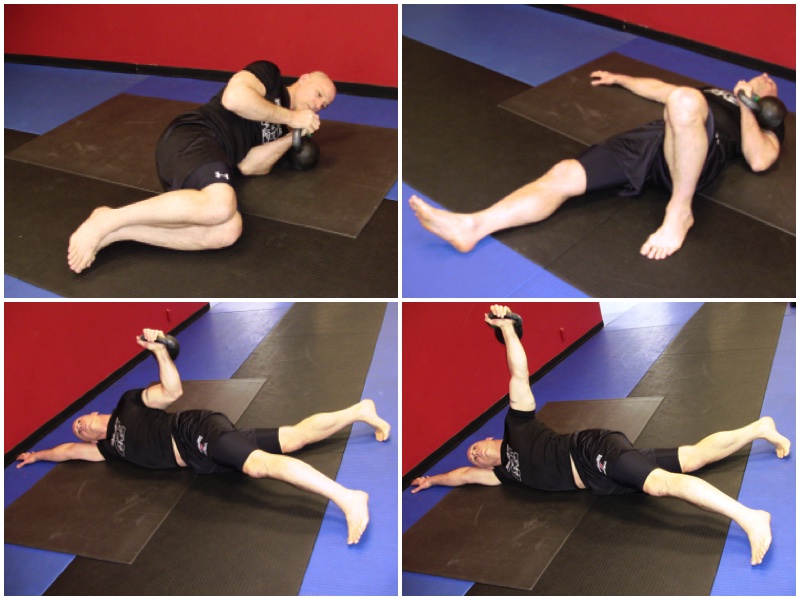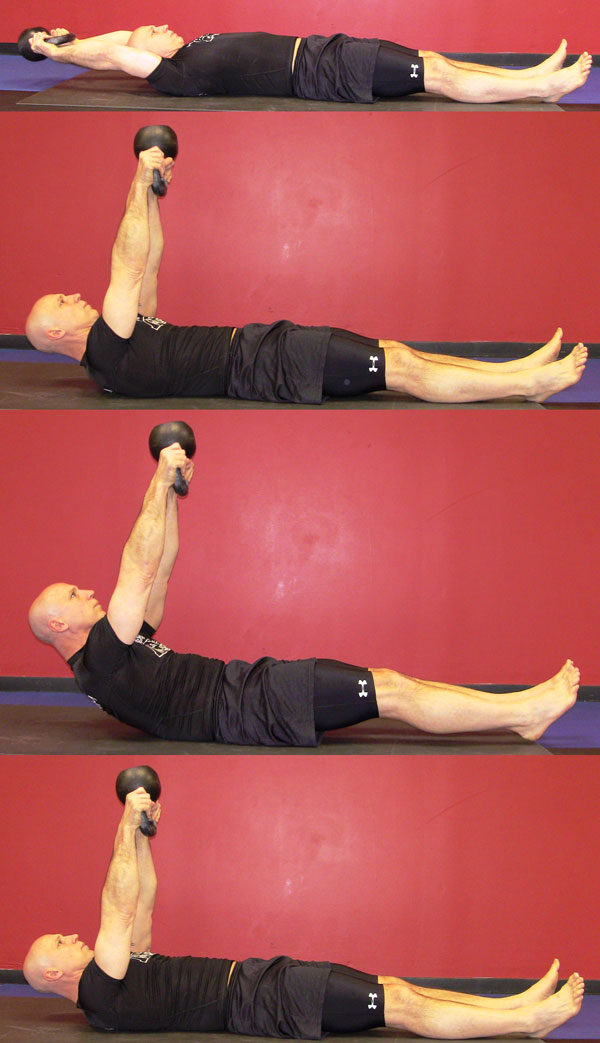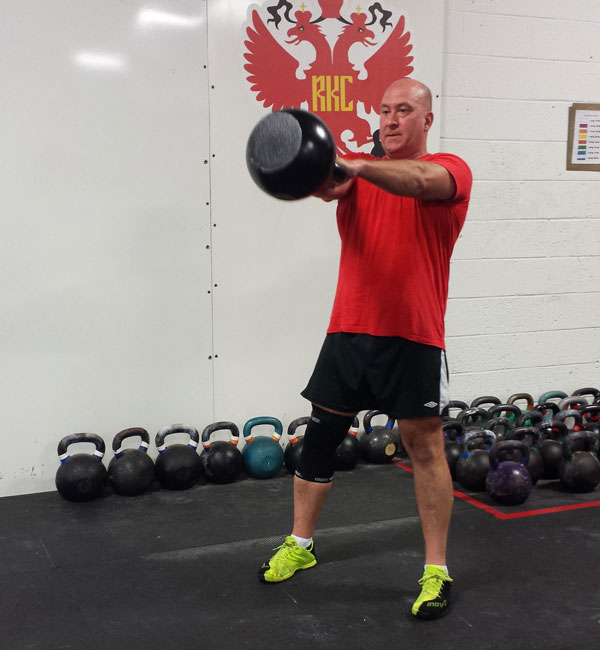
Education, training, and certification are expensive propositions. Training certifications can last several days and cost well into thousands of dollars—even before adding in the cost of time away from your business and family, transportation to and from the certification, hotels and other extraneous expenses. So, if you are going to invest your hard earned cash in a certification, it sure as heck needs to be worth it and then some! I’m not talking about making back your initial investment, but making back the costs several times over. With those parameters in mind, it makes sense to think twice about seeking additional certifications.
Which Certification Should I Attend?
How do you sift through all of the certifications out there to find ones that you can: a) afford to attend, b) allow you to make back your initial investment several times over, and c) provide you with information that will benefit your athletes today and tomorrow?
Consider these items before attending:
- Location
- Instructor
- Certifying organization
- Credential status
- Content
- Can you use the techniques, tips, correctives, regressions and progressions?
- Does the certification fit the abilities and goals of your client demographic?
- Can you immediately apply what you’ve learned at the certification to your current clients?
- Does the certification provide actionable content or is it too specialized, obscure or advanced for your current (or projected) clients?
While all of these criteria are important to consider—and should play a role in the decision making process—what is the most important thing to consider? Far and above all of these considerations should be the contents of the course and how it applies to your clients.
A good certification will provide you with eighty to one hundred percent actionable material. That’s a pretty high percentage, but it also shows that the certification is dialed in and not just hours of “fluff” or useless content. It also shows the maturity of the content, the instructor and the organization behind it. An ideal certification workshop will have little or no wasted time, and the majority of the time will be spent on training and hands-on work to reinforce the principles and techniques taught.
A poor certification will provide you with very little actionable material; less than fifty percent actionable and a high percentage of theory, conjecture and anecdotes. These certifications are “personality-driven” and are usually nothing more than a handful of tips. The remaining time is often spent listening to stories and fluff to fill in the time.
Along with the RKC and PCC, two examples of excellent one-day certifications which provide near one hundred percent actionable material are the HKC (Hardstyle Kettlebell Certification) and the SCC (Strength Calisthenics Certification). Both of these certifications are tremendously powerful and provide attendees with a high percentage of actionable material that they can immediately apply to their current (and future) clients.
Focus on the HKC
The HKC focuses on a very precise number of core techniques; the kettlebell swing, the kettlebell goblet squat and the get-up. These three techniques are individually very powerful, but together are game-changers for athletes of all levels and clients of any caliber.
The kettlebell swing is the foundational ballistic of Hardstyle kettlebell training. It is the base that all ballistic techniques are built upon. Errors and bad habits with the swing will be transferred to all of the other ballistics, so it is imperative that the swing is base lined and solid. The swing has tremendous carryover to athletics and is an amazing conditioning tool. The swing trains and teaches the athlete how to add explosiveness to movement. It “fills in the blanks” of any client’s strength and conditioning program.
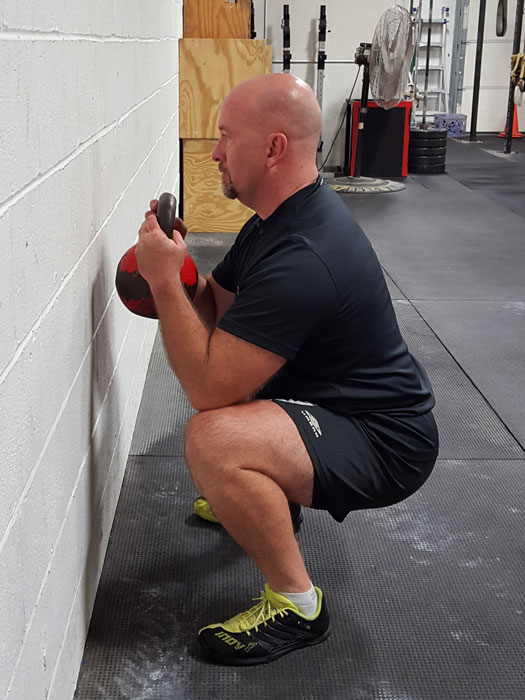 The goblet squat is the foundational grind in Hardstyle kettlebell training. Squatting, while a basic human movement pattern, has become a difficult competency for most people of ANY age. Training with weight machines and avoiding the movement altogether has only exasperated the problem. The goblet squat will help restore lost functionality in those who currently don’t squat and will create a new baseline for those who are currently training with squats.
The goblet squat is the foundational grind in Hardstyle kettlebell training. Squatting, while a basic human movement pattern, has become a difficult competency for most people of ANY age. Training with weight machines and avoiding the movement altogether has only exasperated the problem. The goblet squat will help restore lost functionality in those who currently don’t squat and will create a new baseline for those who are currently training with squats.
The get-up is neither a ballistic nor a grind, but rests solidly in the realm of functional movement patterns that set the foundation for excellent movement and mobility. The get-up is unique in that it establishes linkages across the entire body. It trains the athlete to establish positional and transitional strength from the ground to standing, and develops exceptional mobility and range of motion in the hips and shoulders.
In addition to the swing, goblet squat and get-up there are several other techniques that are introduced at the HKC. These techniques reinforce loading and unloading principles, mobility issues, and bracing. In particular, the deadlift, the RKC plank and the “naked” get-up are taught and examined so that the trainer has an even greater understanding of the three primary kettlebell techniques.
Focus on the SCC
Like the HKC, the SCC focuses on a very specific group of techniques: push-ups, pull-ups, squats, inversions, leg raises and bridges. Even though these techniques are well known—at least superficially—they are infrequently fully explored or understood. At the SCC, these seemingly simple techniques are taught, examined and developed in such a way that a trainer can apply them to any training situation with any client. Key elements of the SCC provide trainers and instructors with the knowledge, tools, and cues to help even the most de-conditioned clients begin their calisthenics journey. Likewise these same elements can be used to continually progress the same basic exercises to elite levels. Body awareness, muscular tension, and coordination are common threads throughout all the drills taught and coached at the SCC.
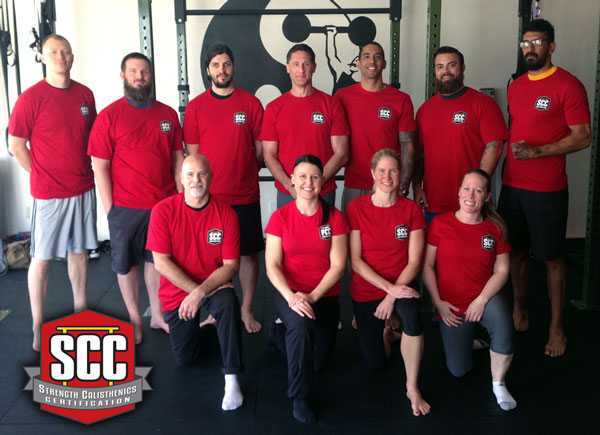
Push-ups: While nearly everyone has performed a movement called or presented as a push-up, few have really been taught how to do the push-up in a way that will safely and effectively build usable strength. The SCC teaches participants how to coach this powerhouse movement from the ground up. Far from just being an “upper body” exercise, participants are shown how a properly performed push-up engages the whole body.
Pull-ups: The SCC brings this challenging-to-general-populations exercise down to earth. Get your clients of any level started towards this empowering strength and confidence-builder. Even if a client is very de-conditioned, they can still get on the pull-up bar to begin the powerful lead-up drills taught at the SCC.
Squats: As in the HKC, the essential human movement–the squat–is taught in great detail and is regressed and progressed for nearly anyone who walks through the door to train with you. Desk jobs and sedentary lifestyles have robbed many people of their human birthright to squat. The SCC can teach a trainer how to get their clients past bad habits and movement difficulties over time. Basic bodyweight squats have the potential to improve your clients’ quality of life, strength, and injury resistance.
Inversions: Let’s face it, many of our clients will be very uncomfortable getting “upside down”. The SCC teaches several important steps to ease our clients into these healthy, fun, and empowering positions. Crucial cues even experienced trainers may not know will be introduced for headstands and handstands along with gentle alternatives for clients who may not yet be ready.
Leg raises: the leg raise family both on the ground and from the bar are taught at the SCC in great detail. While all the movements taught at the SCC engage the midsection (aka the core or the abs), the leg raises really focus on the area. Desk-bound and sedentary clients often find great relief after conquering the first few steps of the leg raise series. Building a strong midsection—and giving your client the “ab focus” they want (which helps keep them coming back) has so much more benefits beyond an aesthetically pleasing six-pack.
Bridges: While the full bridge is taught, the real gold with the bridge series lies in the earlier steps. Instead of breezing past these powerful mobility and strength enhancers, the SCC teaches the details of these steps. How many of your clients have tight hip flexors and forgotten glutes? The bridge series can be a surprising secret weapon. The very first step is a game changer!
Programming principles and creative modifications are taught for all of the movements in the SCC. Likewise the manual includes sample workouts which will no doubt give you many ideas for creating group and individual programs. When you go back to the gym on Monday to lead your clients or groups, you can bring a new plan of attack.

Summary
At the beginning of this post it was stated that you should be evaluating a certification by looking for one that provides a high percentage of the material being actionable and applicable to your clients. If you look carefully at the content of the HKC and SCC you will see that fully one hundred percent of the material will benefit your clients. This includes clients who previously have experience training with weights or were competitive athletes in the past. It also includes clients who have never had any training, or enough time has passed, that the training is in the distant past and all the skills need to be dusted off and reintroduced. All of techniques can be scaled or modified to meet the needs of your clients, by either making them easier or more difficult, and all contribute to their overall athleticism, mobility and movement. In addition, most of the techniques can be modified or scaled to help work around common injuries/complaints i.e., back pain, knee pain, shoulder pain, etc.
Before you decide to spend your time and money on any certification be sure to take some time to evaluate what actionable and applicable skills you are walking away with. Are you going to get skills and understanding that you can use daily with your clients? Bottom line: look for certifications that will allow you to help all of your clients (in a number of areas) as well as give you skills that will help enhance your reputation and increase your income.
Join Master RKC Michael Krivka and Senior PCC, RKC-II Adrienne Harvey at the upcoming SCC/HKC workshop in Gaithersburg, MD February 2018, or look for an SCC/HKC combination workshop weekend in your area.
***
Michael A. Krivka, Sr. – Master RKC: Michael A. Krivka, Sr. is a Washington, DC native who has been involved in Kettlebell training for over a decade and is currently a Master RKC and member of the RKC Board of Advisors and the RKC Leadership Team under Dragon Door (where he has been listed as one of the top reviewed RKC’s in the world for the last five years). He is also the author of a bestselling eBook entitled “Code Name: Indestructible” and is in the process of finishing up several other eBooks on Kettlebells, body weight, and the integration of other tools into an effective strength and conditioning program. Mike has traveled extensively throughout the United States teaching Russian Kettlebells to military (USMC, USN, USA and USAF) and law enforcement personnel (FBI, DEA, USSS and CIA)… read more here.
Adrienne Harvey, Senior PCC Instructor, RKC-II, CK-FMS, has been RKC Certified since 2010, and RKC Level 2 certified since 2011. Kettlebell and bodyweight training have been crucial in Adrienne’s personal quest for fitness. A core member of the PCC team, Adrienne loves sharing her knowledge with small groups and individuals. She also loves to develop recipes and workout programs to further support performance, body composition, and of course—FUN. Go to http://www.giryagirl.com for more information about Adrienne.

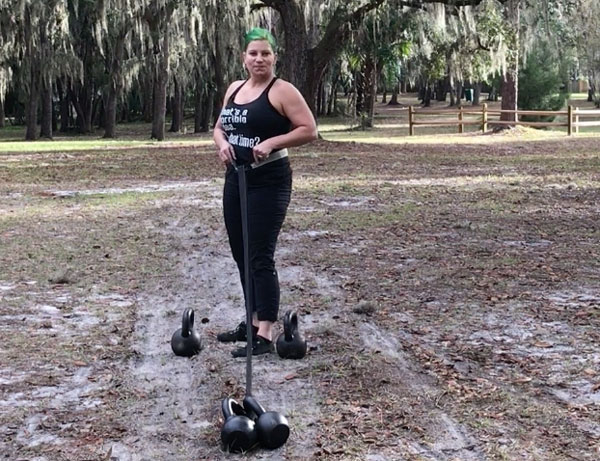
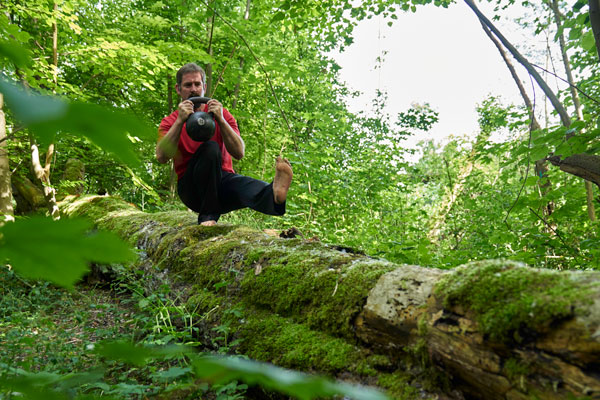
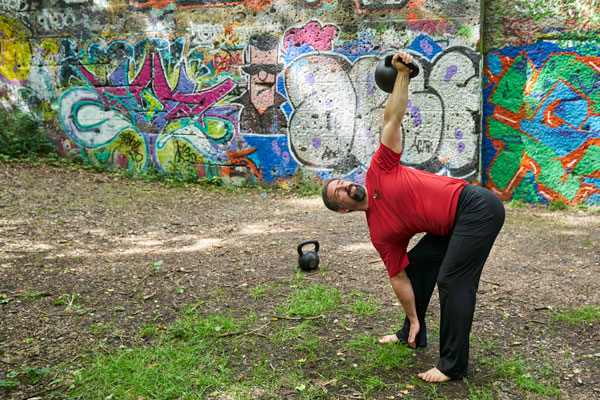
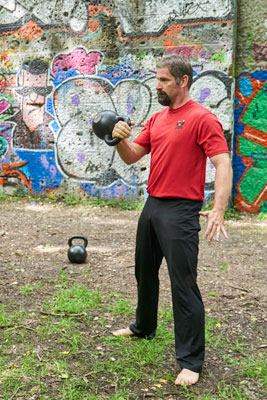 In my opinion, it is wiser to train in a way that gradually builds you up over time. Work for your health while prepare yourself for whatever might come.
In my opinion, it is wiser to train in a way that gradually builds you up over time. Work for your health while prepare yourself for whatever might come.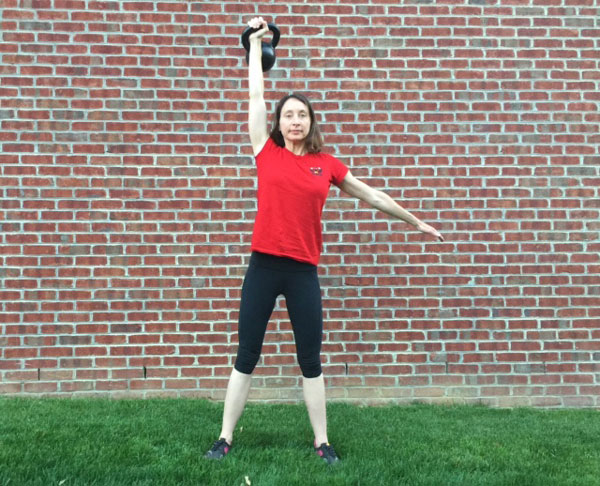
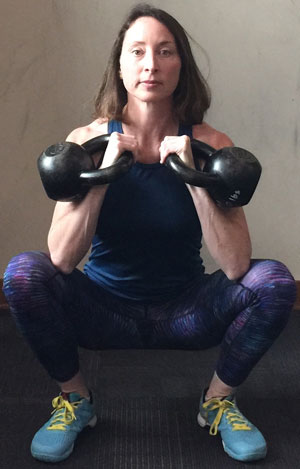 Beginning in the second trimester, it is also important to avoid exercises that require your client to lie flat on her back. This precaution can prevent the weight of the uterus from compressing the vena cava—a major blood vessel—potentially disrupting blood flow to the baby and leaving mom dizzy and short of breath. An easy way to work around this issue is to instruct your client to do these prone exercises, such as floor presses, on an incline instead.
Beginning in the second trimester, it is also important to avoid exercises that require your client to lie flat on her back. This precaution can prevent the weight of the uterus from compressing the vena cava—a major blood vessel—potentially disrupting blood flow to the baby and leaving mom dizzy and short of breath. An easy way to work around this issue is to instruct your client to do these prone exercises, such as floor presses, on an incline instead.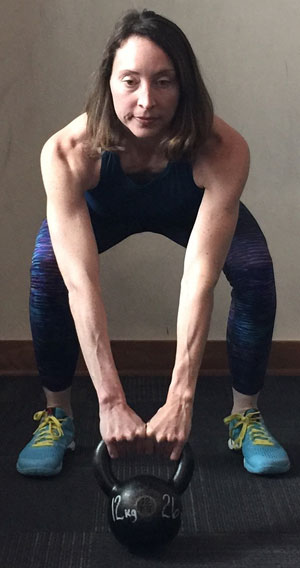
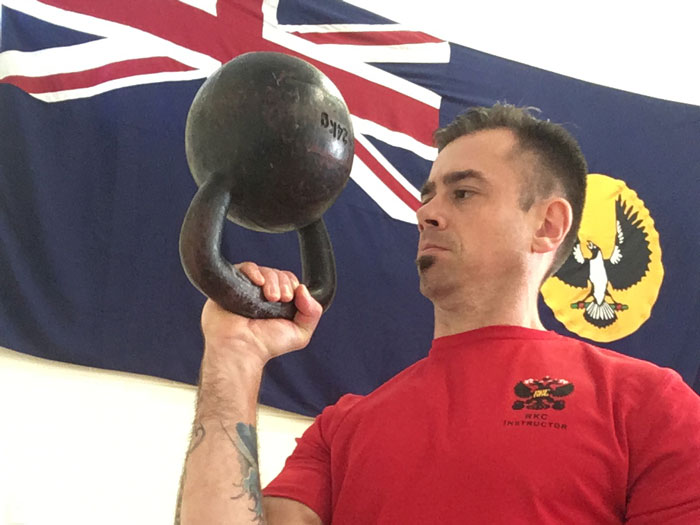
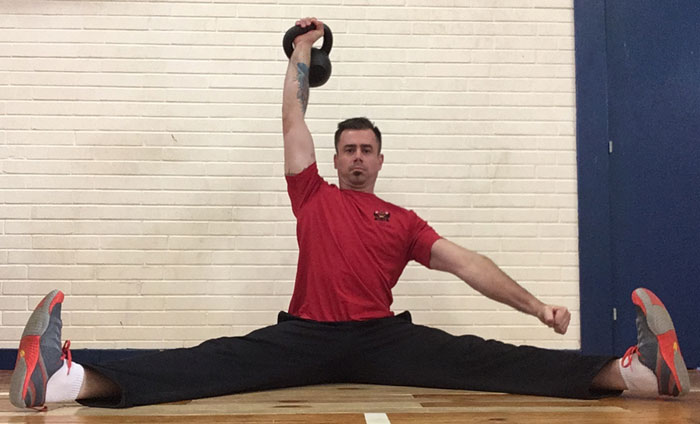
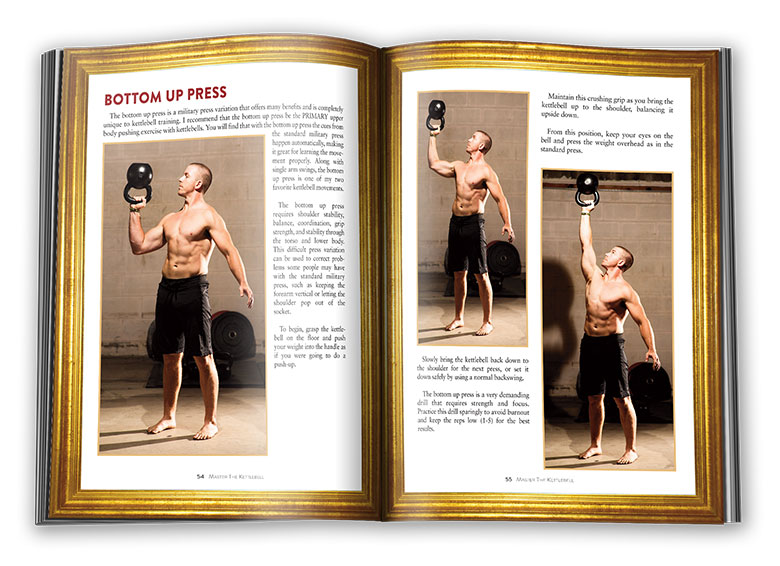
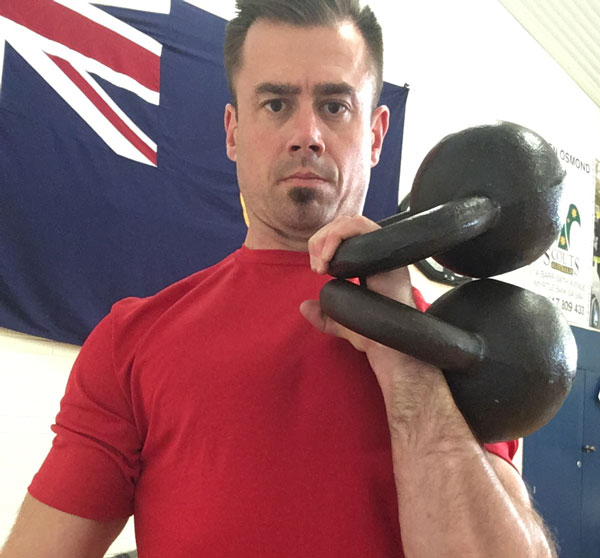
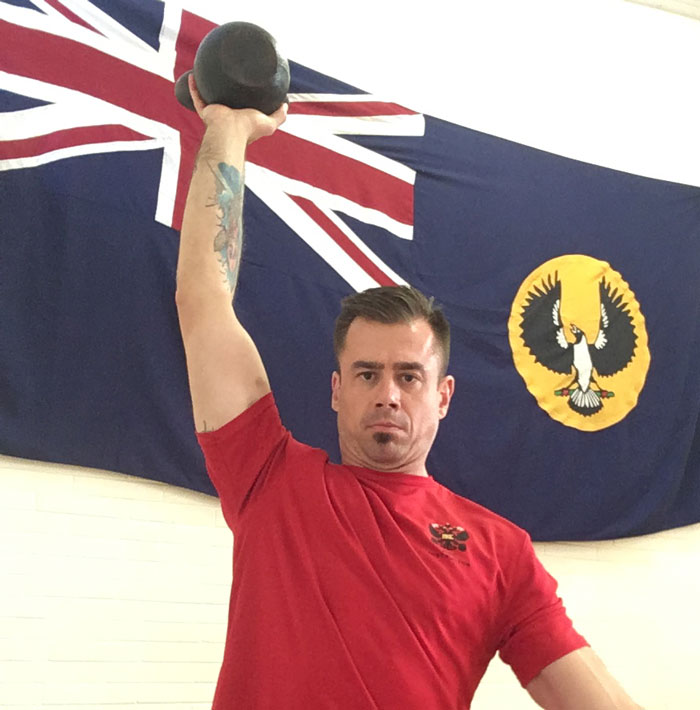
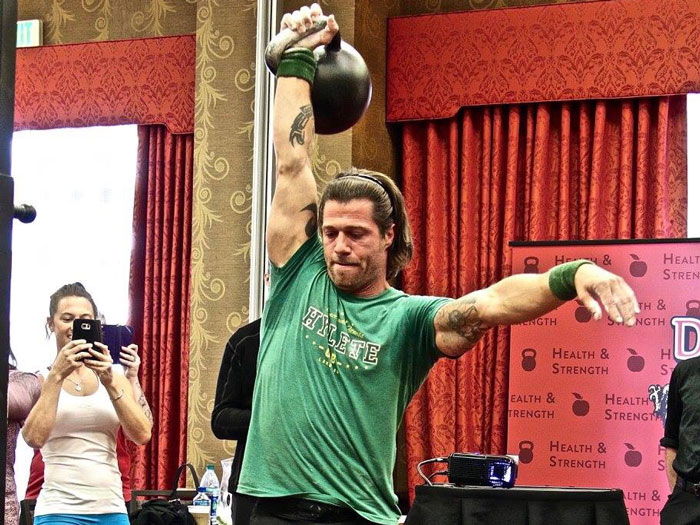
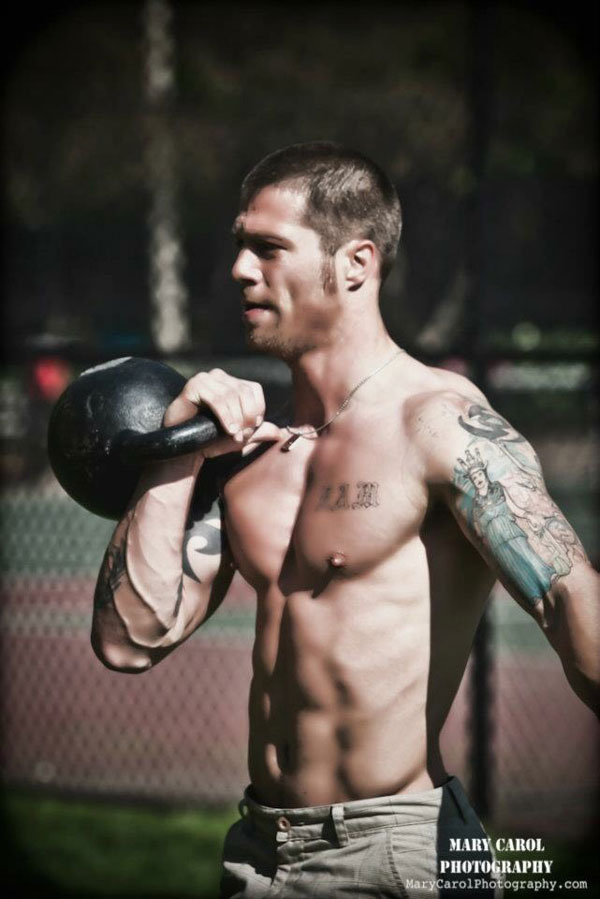 On some level, we all try to make ourselves more presentable. We’ve bought designer jeans from boutique stores and tried designer workouts at twice the price for half the results. If you haven’t reached this conclusion yet, let me help enlighten you: it’s not the clothes on your body that matter, it’s the body in your clothes. So, let’s tune up our bodies and spend our time wisely. Male or female it is important to maintain our muscle mass as we age and the kettlebell gets results. That’s why we train with kettlebells for massive shoulders, thick arms, solid legs, ripped abs and athletic skills for any task.
On some level, we all try to make ourselves more presentable. We’ve bought designer jeans from boutique stores and tried designer workouts at twice the price for half the results. If you haven’t reached this conclusion yet, let me help enlighten you: it’s not the clothes on your body that matter, it’s the body in your clothes. So, let’s tune up our bodies and spend our time wisely. Male or female it is important to maintain our muscle mass as we age and the kettlebell gets results. That’s why we train with kettlebells for massive shoulders, thick arms, solid legs, ripped abs and athletic skills for any task.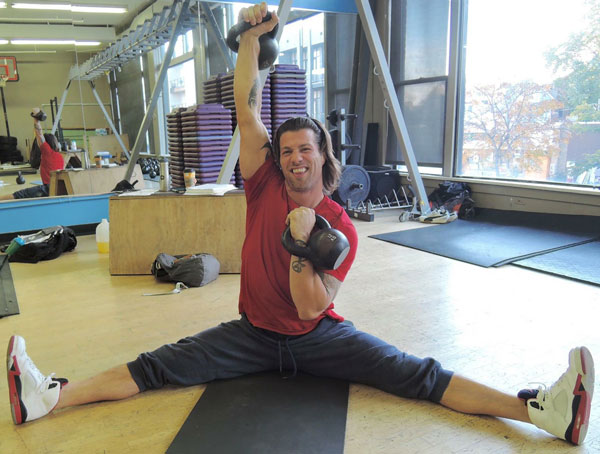
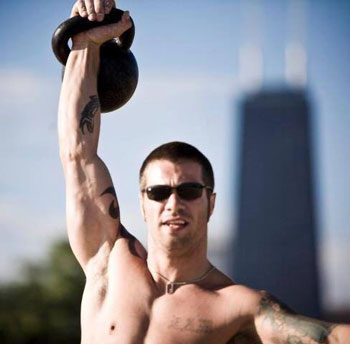 With strength on the rise, it’s time to volumize. So, double up every workout. Sets of double military presses will make your upper body, shoulders and arms more massive than single kettlebell work of the same volume. The same will hold true for all of your kettlebell skills and progressions. Two kettlebells are greater than one. Studies have shown that bi-lateral exercises are best for stimulating the most muscle hypertrophy. The beauty of training with kettlebells is that asymmetries are attacked since each weight must be unilaterally stabilized. Using a barbell can hide some of these asymmetries which can become imbalances over time. Using double kettlebells balances both sides of the body. With that said, I would still recommend barbell training at other points throughout the year. After all, we still want to follow the principles of
With strength on the rise, it’s time to volumize. So, double up every workout. Sets of double military presses will make your upper body, shoulders and arms more massive than single kettlebell work of the same volume. The same will hold true for all of your kettlebell skills and progressions. Two kettlebells are greater than one. Studies have shown that bi-lateral exercises are best for stimulating the most muscle hypertrophy. The beauty of training with kettlebells is that asymmetries are attacked since each weight must be unilaterally stabilized. Using a barbell can hide some of these asymmetries which can become imbalances over time. Using double kettlebells balances both sides of the body. With that said, I would still recommend barbell training at other points throughout the year. After all, we still want to follow the principles of 